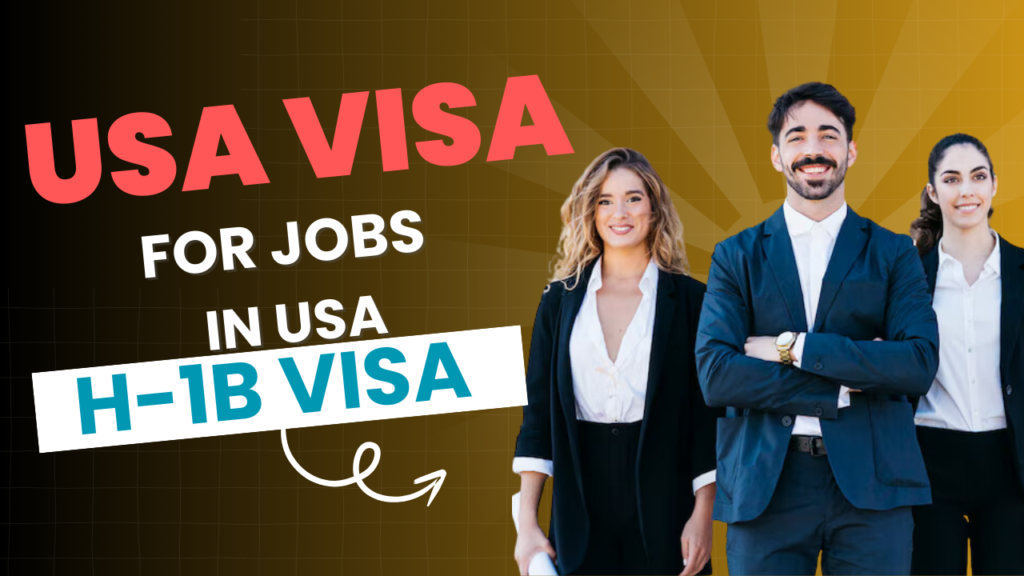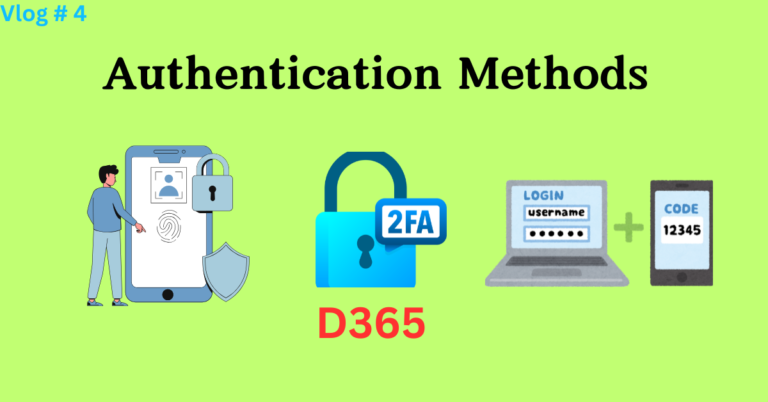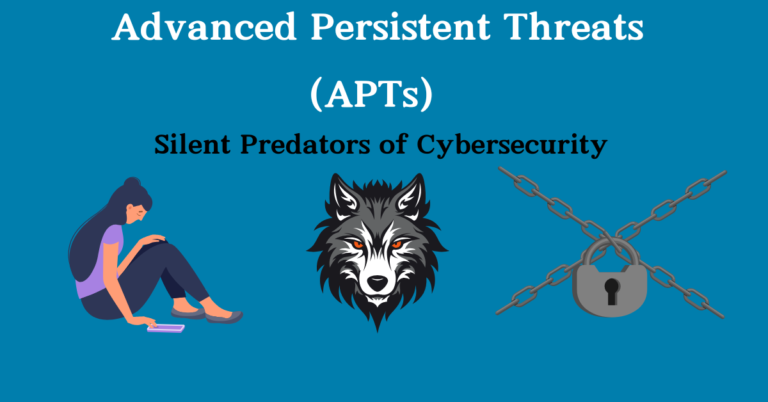One of the most sought-after visas for skilled professionals looking to work in the US is the H-1B visa. The H-1B visa lets U.S. employers hire workers with unique skills or advanced education from all over the world from technology to healthcare. This is a complete guide on the H-1B visa, explaining everything you need to know about this – from eligibility, the application process, and timelines for filing, to important changes in H-1B visas.
What is the H-1B Visa?
The H-1B visa is a non-immigrant visa that enables U.S. employers to employ foreign nationals in “specialty occupations.” These are positions requiring specialized knowledge and a bachelor’s degree or higher. This is popular among professionals in IT, engineering, healthcare, and finance.
Eligibility Criteria
To qualify for the H-1B visa, both the employer and the foreign worker must meet specific eligibility requirements:
Specialty Occupation Requirement: The job must require the theoretical and practical application of specialized knowledge and a minimum of a bachelor’s degree or its equivalent.
Educational Qualification: The applicant must hold at least a bachelor’s degree relevant to the position. Equivalent education and experience may be considered.
Employer-Employee Relationship: The U.S. employer must demonstrate a valid employer-employee relationship with the H-1B worker, meaning they have the authority to hire, supervise, and terminate the employee.
Cap and Lottery System
The U.S. government has an annual limit, or cap, on the number of H-1B visas issued:
Regular Cap: 65,000 visas per fiscal year.
Master’s Cap: An additional 20,000 visas are available for applicants with a U.S. master’s degree or higher.
Cap Exemptions: Some employers, such as universities, non-profits, and government research institutions, are exempt from the H-1B cap.
The H1B cap-subject applications go through a lottery system because demand far exceeds supply. This lottery normally takes place in April to choose the applicants to go through the visa process.

Step-by-Step Guide to the H-1B Visa Process
1. Employer Files Labor Condition Application (LCA)
The H-1B process begins with the U.S. employer submitting a Labor Condition Application (LCA) with the U.S. Department of Labor (DOL).
Purpose of the LCA: To ensure that the employer is paying the prevailing wage and that hiring a foreign worker won’t adversely impact U.S. employees.
Process: The employer must outline details about the job location, salary, and working conditions.
Approval Time: The DOL typically takes about 7 days to process the LCA.
2. Filing Form I-129 with USCIS
After the LCA is approved, the employer files Form I-129, Petition for a Nonimmigrant Worker, with U.S. Citizenship and Immigration Services (USCIS).
Supporting Documents: The employer must submit proof of the employee’s educational qualifications, job description, the company’s financial status, and the approved LCA.
Fees: The employer must pay the associated filing fees, which can vary based on factors like company size and the type of processing (regular vs. premium).
Processing Times: Regular processing can take 3–6 months, while premium processing (available for an additional fee) guarantees a 15-day response time.
3. H-1B Visa Stamping and Consular Processing
If USCIS approves the petition, the foreign worker applies for the H-1B visa at a U.S. embassy or consulate in their home country. This involves:
Filling Form DS-160: The worker completes the DS-160 form online and schedules an interview.
Visa Interview: During the interview, the applicant provides documents like the approval notice, passport, and additional forms that confirm their employment offer.
Visa Stamping: If approved, the visa is stamped, allowing the applicant to travel to the U.S. and begin employment.
4. Duration and Extensions
Initial Duration: This visa is initially valid for up to three years.
Extensions: The visa can be extended up to a maximum of six years. However, additional extensions may be available if the H-1B holder is on the path to obtaining a green card.
Changing Employers: These visa holders can change employers, but the new employer must file an H-1B transfer petition with USCIS.
5. Dependent Visas: H-4 Visa for Family Members
This allows the spouse and unmarried children under 21 of the visa holder to accompany them to the U.S. under the H-4 visa.
Work Authorization for H-4 Spouses: Some H-4 spouses are eligible for work authorization (EAD) if the H-1B visa holder is in the process of obtaining a green card.
Study and Employment: H-4 visa holders can study in the U.S., and those with an EAD can work without restrictions.
6. Recent Changes and Updates to the H-1B Visa
Enhanced Fraud Prevention: The U.S. government has implemented measures to prevent fraud and abuse in the H-1B lottery, reducing lottery applications.
Priority for Higher-Earning Applicants: Proposed reforms aim to prioritize H-1B applications for highly paid or highly skilled workers, benefiting professionals with advanced degrees or specialized expertise.
New Cap Calculation: In 2024, stricter rules were introduced for companies submitting multiple H-1B applications to curb system abuse.
7. Costs Associated with the H-1B Visa
Base Filing Fee: $460 (paid by the employer).
Fraud Prevention and Detection Fee: $500 (for new applications and transfers).
ACWIA Training Fee: Ranges from $750 to $1,500, depending on the company size.
Premium Processing Fee (Optional): $2,500, expediting the application process to 15 days.
Commonly Asked Questions
Can I bring my family to the U.S. on an H-1B visa?
Yes, immediate family members (spouse and children under 21) can accompany you on an H-4 visa.
Can I extend my H-1B visa beyond six years?
Yes, if your employer is sponsoring you for a green card, you may be eligible for additional extensions beyond the six-year limit.
Can I change jobs with an H-1B visa?
Yes, you can change employers, but the new employer must file an H-1B transfer petition.




